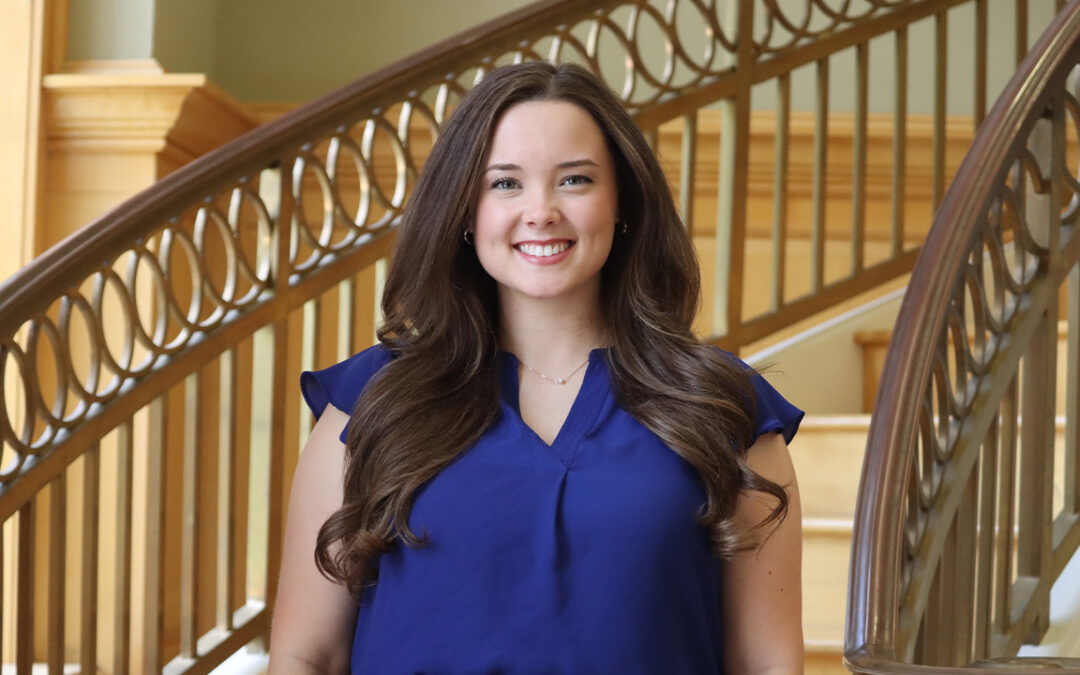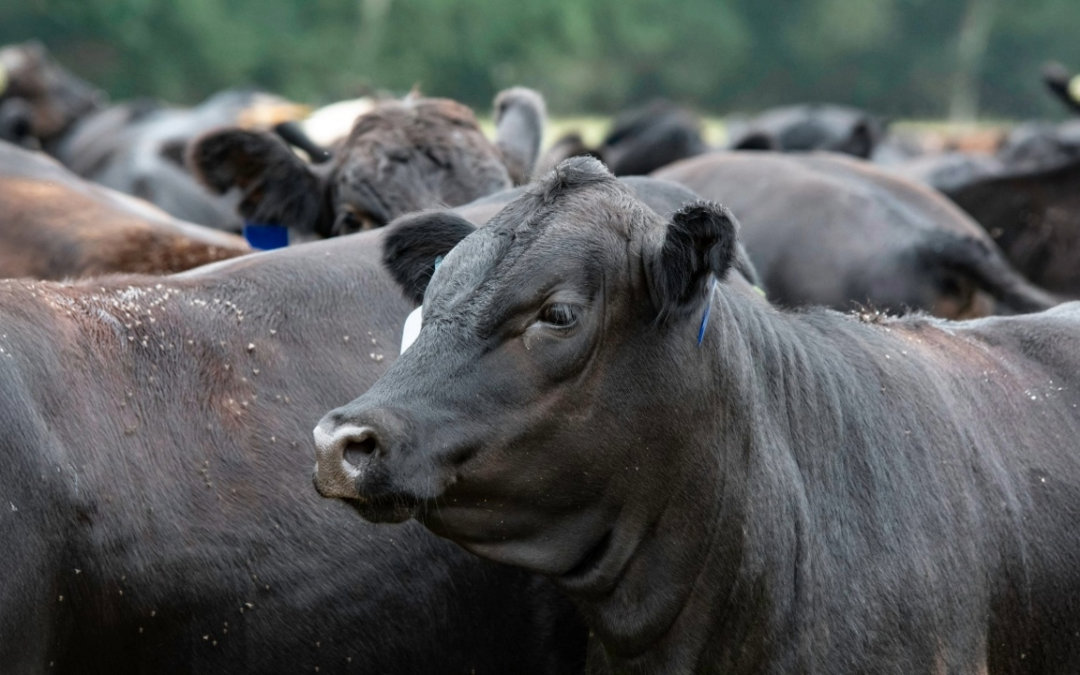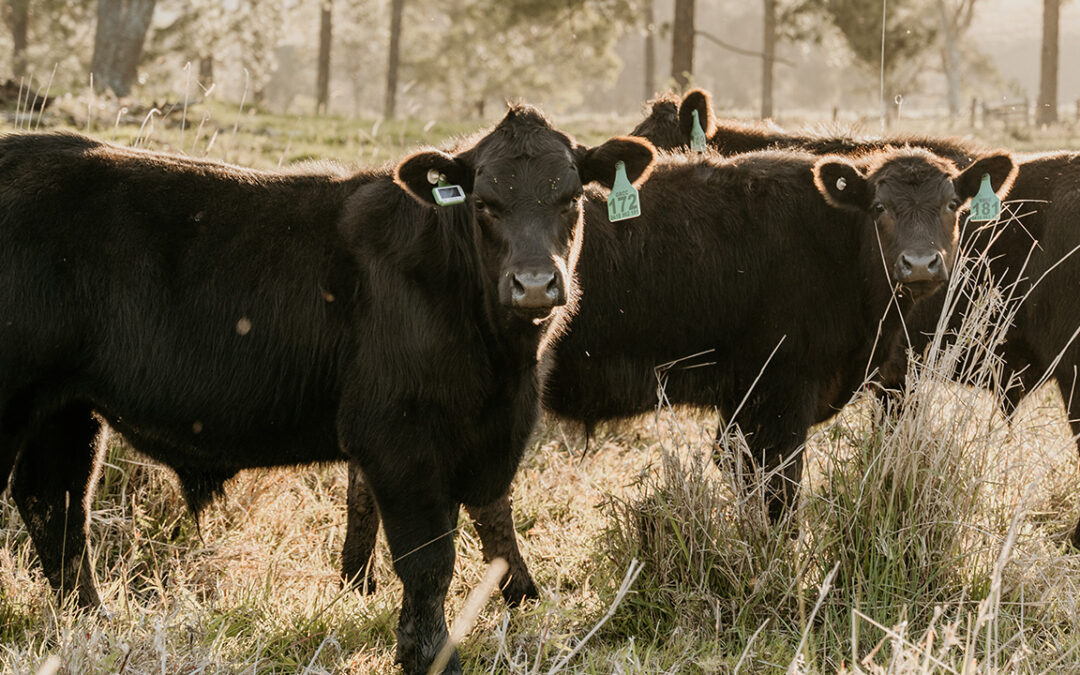By Maggie Smith / Jul 2, 2018 1:53:46 PM
Feature
The local foods movement continues to grow in the U.S., with an increasing number of consumers wanting to know where their food comes from, connecting with the families producing it, and buying products at farmers markets and through community-supported agriculture programs.
One of the obstacles to further growth, however, is making sure that locally produced foods are produced and distributed safely.
Working with a more-than $4 million grant from USDA-NIFA, Auburn University researchers are addressing the gaps between knowledge and practice in the production and distribution of local and regional foods, with the ultimate goal of ensuring a more secure food chain.
With recent trends showing that consumers prefer purchasing meats from local producers rather than large facilities, Christy Bratcher—lead researcher, College of Agriculture associate professor and director of the Food Systems Institute—is working to make sure this meat is safe to eat.
Bratcher began the research project by going to farms where cattle are raised for commercial harvests and for direct sales.
“We looked at E. coli prevalence in addition to feeding, bedding and working shoots, along with environmental swabbing,” she said. “We collected fecal samples and water samples from any streams or ponds that those animals had access to and found was higher levels of E. coli in water to which cattle had access, which wasn’t a surprise.”
The biggest problem Bratcher faced was making sure local producers kept their facilities sanitary. “When we looked at federally inspected facilities, we found no E. coli, but when we looked at the small custom harvesting facilities, we did find E. coli,” she said.
“Large production plants are designed to make sure E. coli isn’t transferred from feces to the meat, but small plants do not have as many resources and they have mostly untrained employees who do not think they’re doing anything wrong, but they are,” Bratcher said.
To reduce the amount of E. coli that is transferred to beef in a harvest facility, Bratcher’s team put together a series of extension talks on sanitary design to present to producers and packaging plants.
“We gave them suggestions on steps they should take when harvesting an animal to make sure everything is sanitary,” she said.
Bratcher also has partnered with the Auburn University Lambert-Powell Meat Laboratory staff and Alabama Cooperative Extension System employee Alex Tigue to develop a butchery school to train producers on proper sanitary design. They hope to implement the school in 2019.
The original research project began in 2012 to determine the presence of E. coli in beef cattle. However, while conducting the research, the presence of poultry animals in close proximity to cattle prompted Bratcher and her team to expand their research to Salmonella spp. as well.
Researchers found that Salmonella spp. was present on those cattle farms where chickens and turkeys were present. “We found some linkages between the amount of Salmonella spp. that was on farms and the amount of Salmonella spp. that was in the water, and we also picked up some where cattle were located,” she said.
Bratcher partnered with other researchers to determine how Salmonella spp. was going undetected in beef cattle.
“We found that cattle infected with Salmonella spp. sometimes do not appear sick enough for anyone to realize that they shouldn’t be harvested for food,” Bratcher said. “So we want to find out if there’s anything we can do to reduce the amount of Salmonella spp. in those animals.”
Bratcher hopes her research efforts will lead to a safer food supply so consumers can be guaranteed that they’re eating a healthy product, whether they buy meat from a local grocery store or farmer’s market, or from a chain store.
“We may never be able to completely solve the problem of pathogens spreading into meat, but we can develop ways to reduce it,” Bratcher said.
Another member of the research team—Michelle Worosz, an associate professor of rural sociology—is evaluating why consumers prefer to buy local meat.
“The ‘local is safer’ movement began in the early 2000s and then, when the recession hit in 2008, people wanted to invest in their local communities,” she said.
Worosz is leading a study within the research project to determine where consumers are getting their information regarding the “local is safer” movement.





